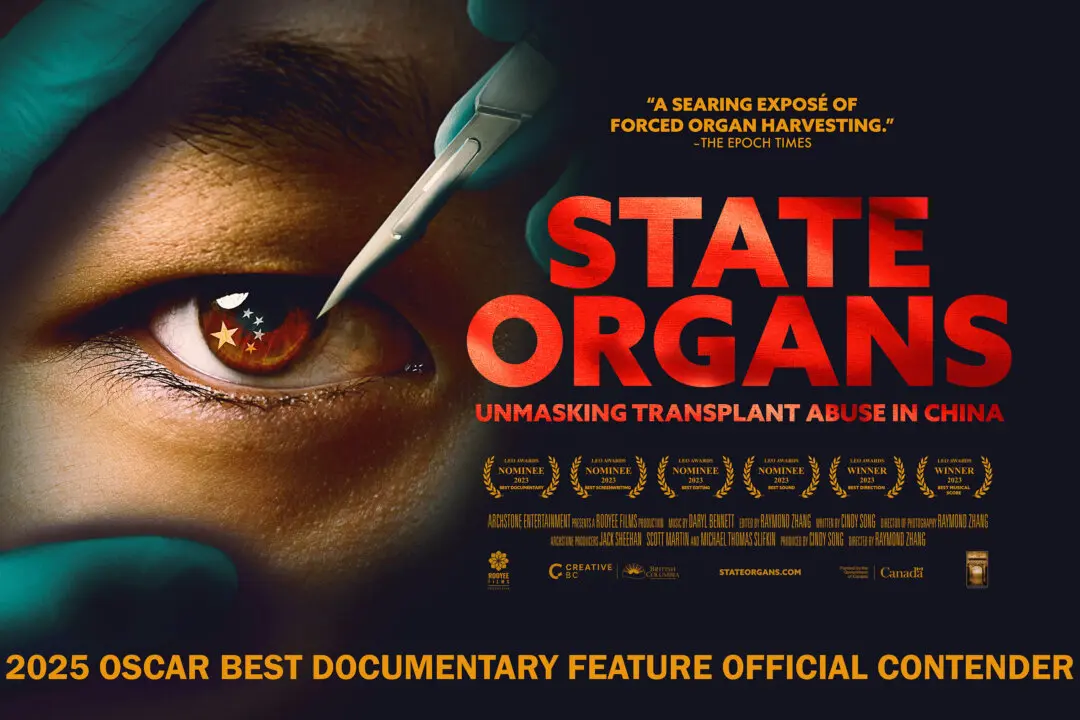Australia’s retirement fund industry is set to be dominated by $100 billion-plus “mega-funds,” according to a new report from auditing giant KPMG.
The superannuation industry is undergoing a period of consolidation that will see the creation of 12 super funds, with each managing over $50 billion in assets.





